
23 October, 2023 @ 20:00 – 22:00 Kigali, Rwanda
A workshop, learning lab bringing together CMIP and CORDEX modellers and users. We will showcase some tools and their primary area of use and advantages as well as their limitations. We will also actively discuss how we can achieve more common community development to prevent duplication of effort and confusion for all levels of users and producers. This includes discussing what tools are suitable for what purpose, for instance if they work for both global, regional and very high-resolution models. The workshop will also touch upon where and for what purpose global or regional/local models are best suited or adequate.
After the initial tool demos, we will split into break-out groups to allow participants to have a more in depth demonstration and discussion on the tools of their choice. There will be time for participants to move around the breakout groups to learn about a number of different tools during the session. The input from the break-out groups will be presented back in plenum.
This event will be in-person only.
Event location
Event will be in room MH4.
Registration
Please register for this event here.
To attend this event, you must be registered for the WCRP Open Science Conference. See details here.
Speakers and demos
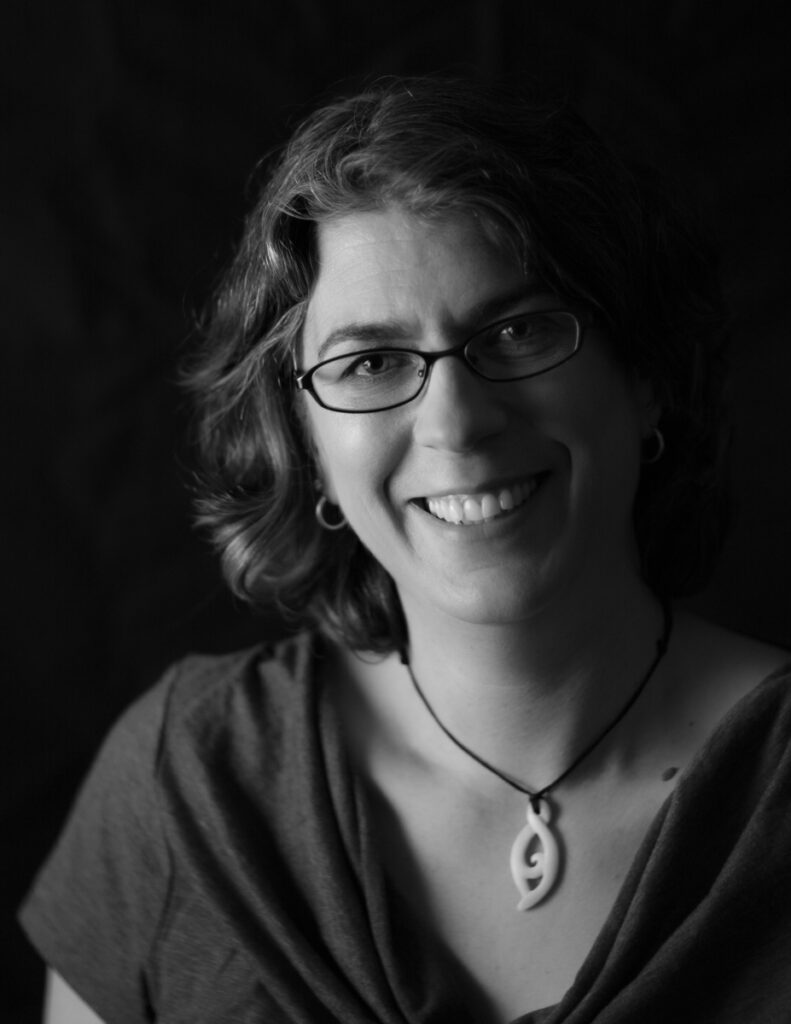
Birgit Hassler, Institute of Atmospheric Physics, DLR Oberpfaffenhofen, Germany
Birgit Hassler is a research scientist at the German Aerospace Centre (DLR) where she researches stratospheric ozone and other traces gases. She is also one of two Co-PIs and a key developer of ESMValTool – a community diagnostic and performance metrics tool for the evaluation of Earth system model simulations.
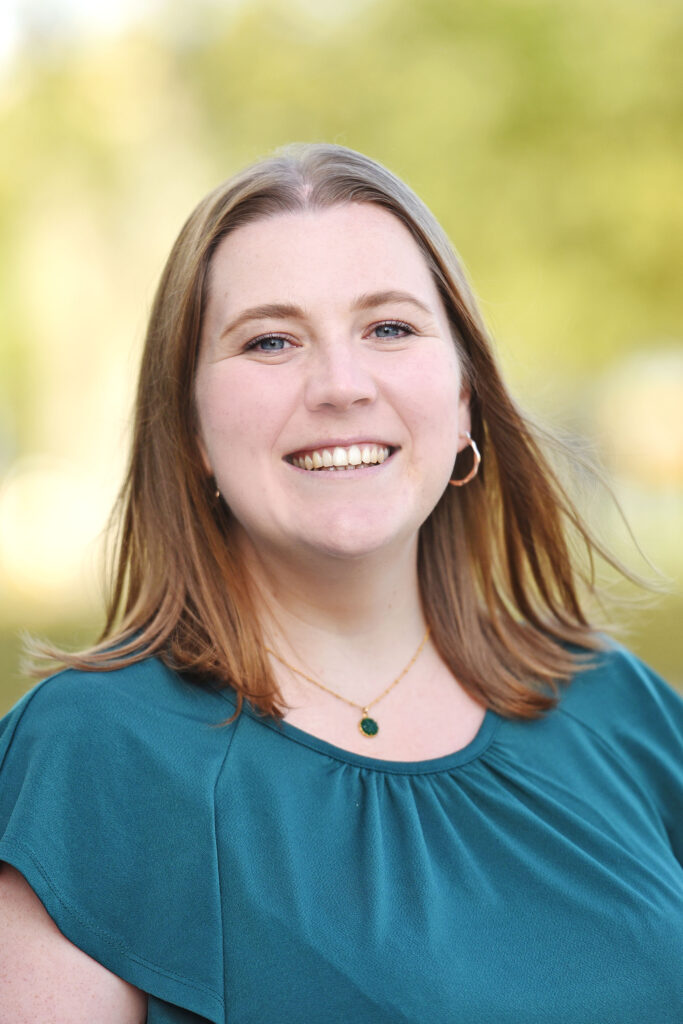
Beth Dingley, CMIP International Project Office
Beth Dingley works as the Science and Communications Officer for the CMIP International Project Office since finishing her PhD at the University of Oxford on modelling of tropical storm clouds. She is passionate about making the CMIP community more diverse, while also looking to increase the accessibility of CMIP data.
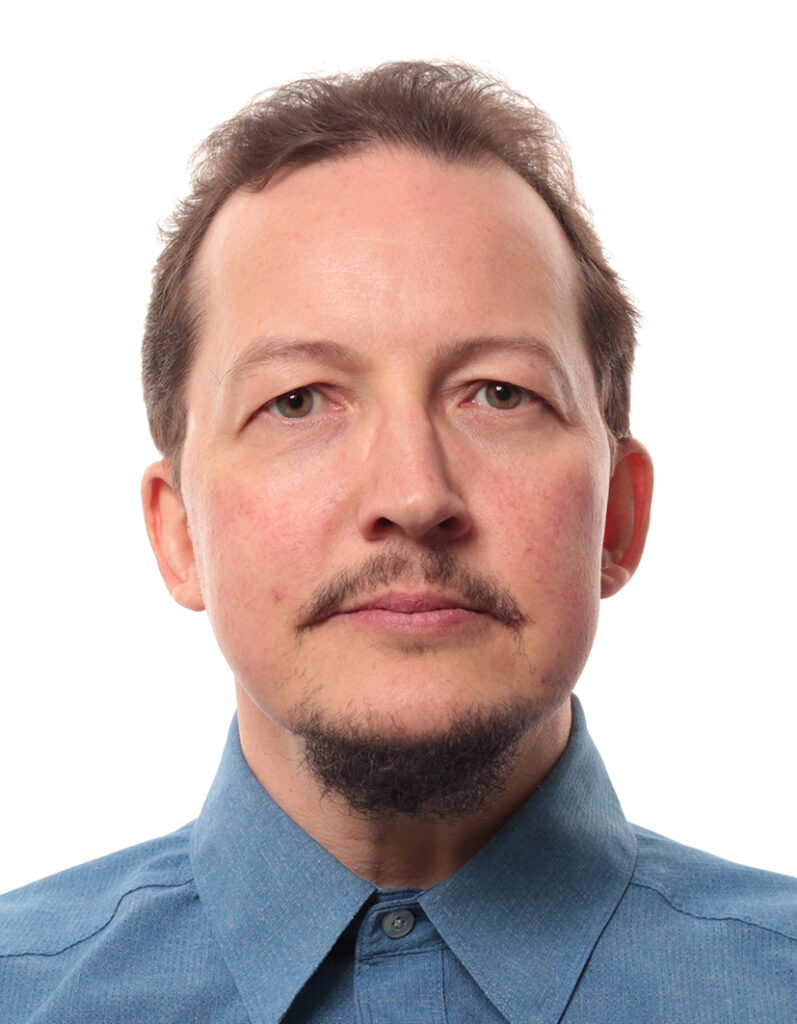
Grigory Nikulin, CORDEX/Swedish Meteorological and Hydrological Institute (SMHI)
Research leader, Downscaling of climate scenarios to regional/local level and support for climate impacts and adaption work
See: https://www.smhi.se/en/research/research-departments/climate-research-at-the-rossby-centre/grigory-nikulin-rossby-centre-1.74894
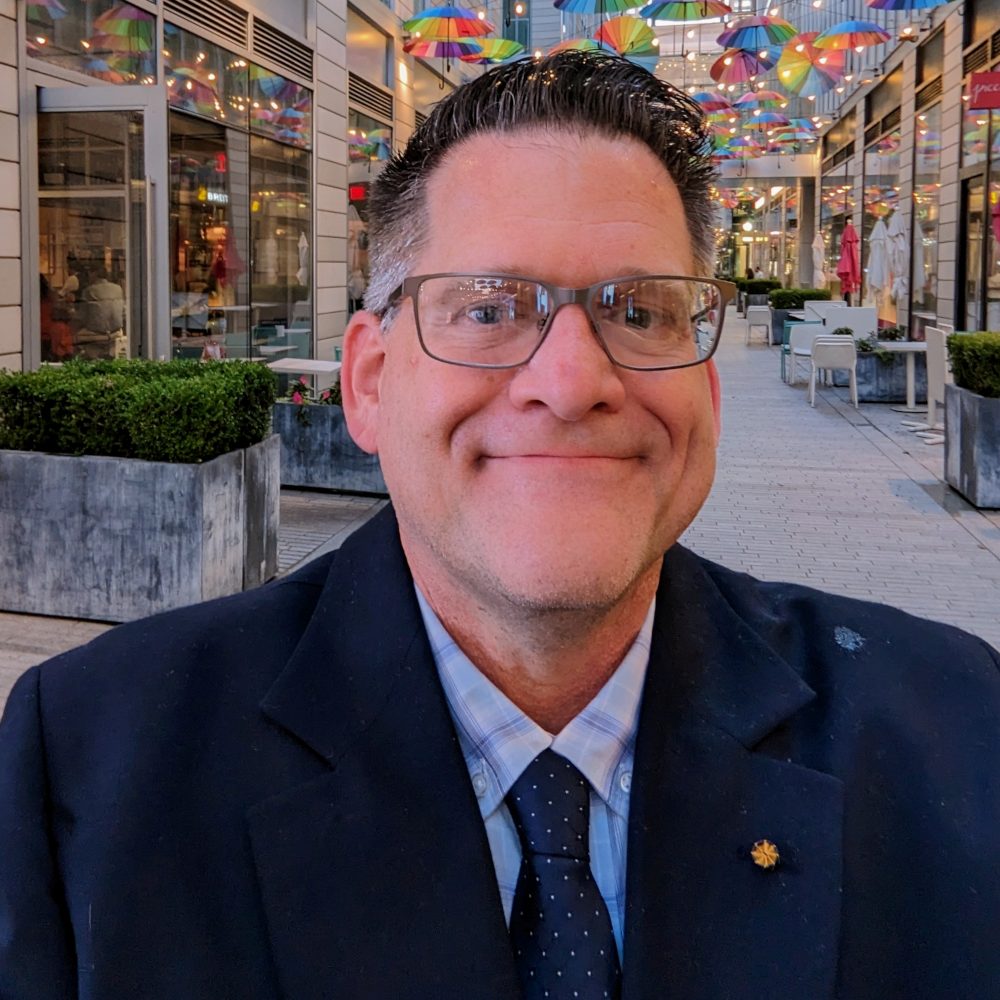
Forrest Hoffman, NCAR

Olivier Crespo, University of Cape Town
Olivier joined the Climate System Analysis Group, Environmental and Geographical Science department, University of Cape Town, South Africa in 2008. With a computer science background (Master engineering, 2003), he worked towards a PhD in operational research applied to agriculture (France, 2008). He developed skills and expertise through engaging with climate variability and change experts, applied to a better understanding of short and long term climate challenges in connection with agricultural, and especially smallholder community farming systems, in Africa and Asia. Through multiple research projects, he participates in the improvement of global agricultural modeling, a better understanding of climate impacts on the agricultural sector, and enhance adaptation capacity in developing and developed countries. Through the last 10 years Olivier developed continuing relationships with national (e.g. SA Water Resource Commission, SA Agricultural Research Council), regional (e.g. FANRPAN, ICRISAT) and international (e.g. AgMIP, IDRC, FAO) organisations. Olivier is recurrently supervising postgraduates candidates, invited to review scientific publications, and to seat on project reference groups/panels (e.g. SA water research commission, RSA national research foundation).
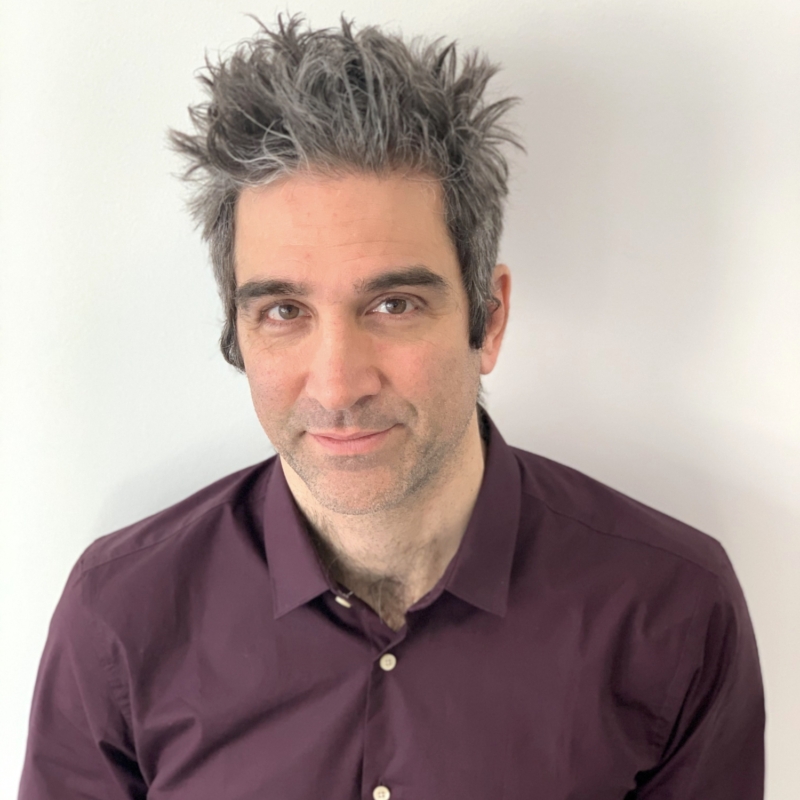
Stefan Sobolowski, NORCE, Norwegian Research Center & the Bjerknes Center for Climate Research (EURO-CORDEX)
Currently my research activities flow along three interwoven and complementary strands. One is an evolution of my interests in the large scale circulation to address challenges involving prediction, representation of key features and responses of the system to external forcing. The second zooms in to local and regional scales and works to improve our understanding of physical drivers of climate impacts in places where they are most acutely experienced. The third strand aims to distill basic and applied research into useful climate information, knowledge and services.

José Manuel, University of Cantabria
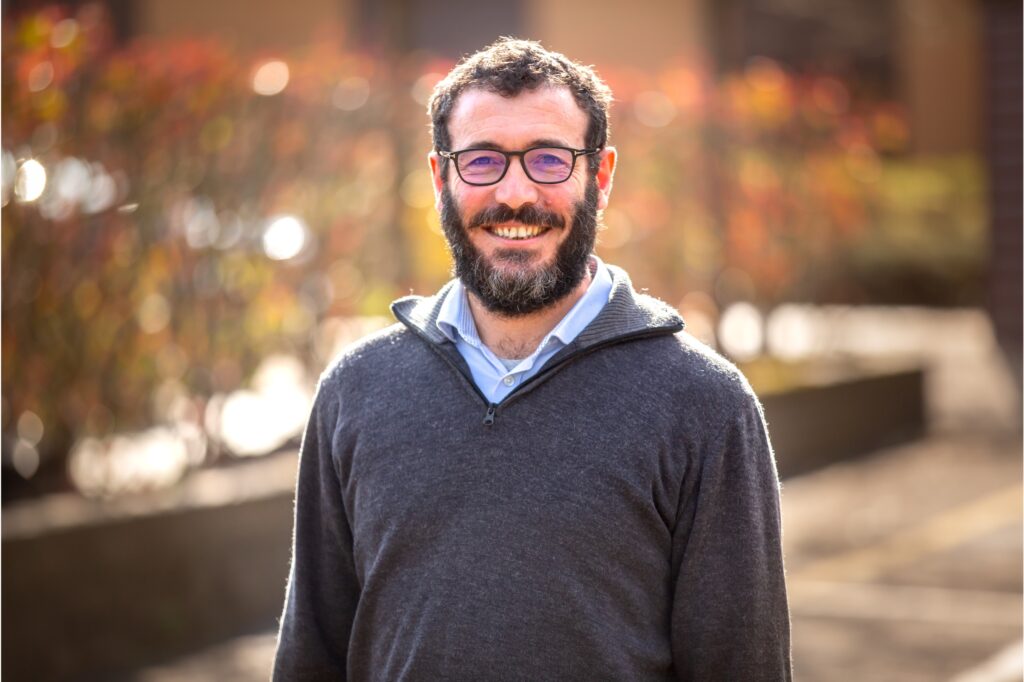
Carlo Buentempo, ECMWF
Carlo Buontempo coordinates the activities of a number of international contracts working on the interface between climate science and decision making in sectors ranging from energy to city planning. Carlo completed a PhD in physics at University of L’Aquila in 2004 then he moved to Canada for his post-doc before joining the Met Office.
Carlo worked at the Hadley Centre for almost a decade were he led the climate adaptation team and more recently the climate service development team. In this role he led numerous projects involving climate change adaptation and regional modelling in Europe, Africa, Asia and North
America. In 2012 Carlo became the scientific coordinator of EUPORIAS, and project funded by the European Commission through the 7th framework programme.
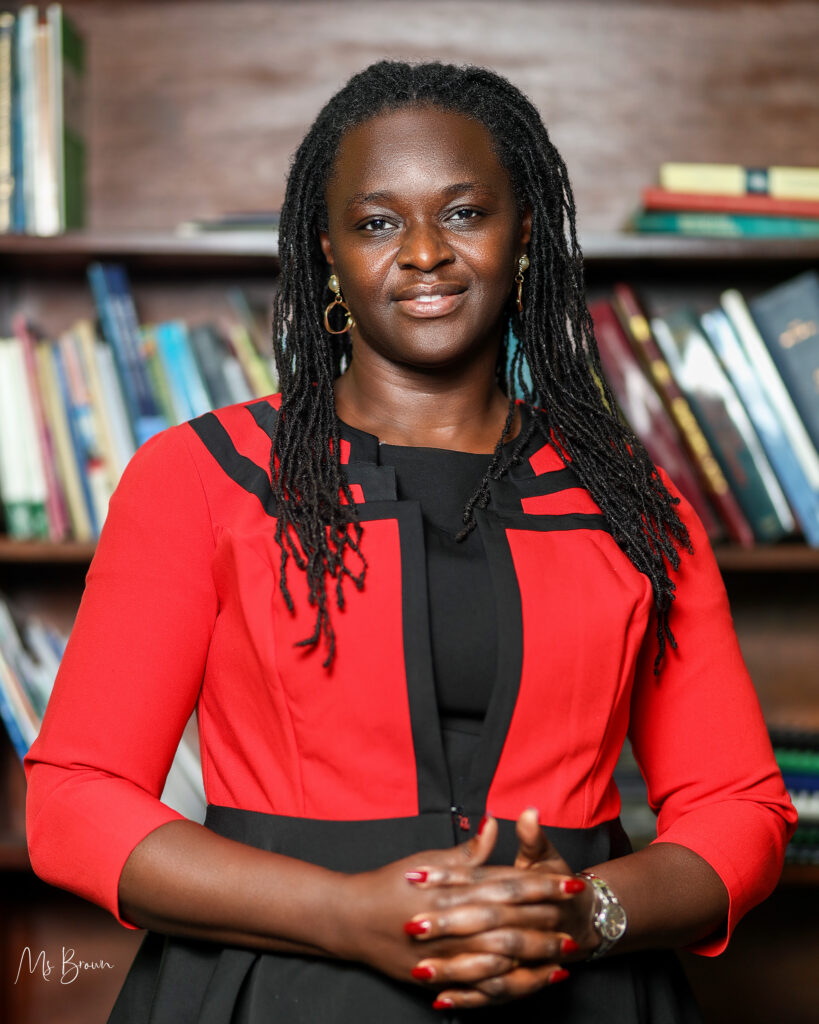
Nana Ama Browne Klutse, University of Ghana
Prof. Nana Ama Browne Klutse is the Head of Physics Department, University of Ghana. She is Vice Chair of the WGI of the IPCC. She is a Lead Author in WGI of the AR6 and represents Ghana in IPCC sessions. She is also a Member of the Task Group on Data Support for the IPCC. Prof Klutse serves also as a board member of the UNESCO Basic Sciences Programme.
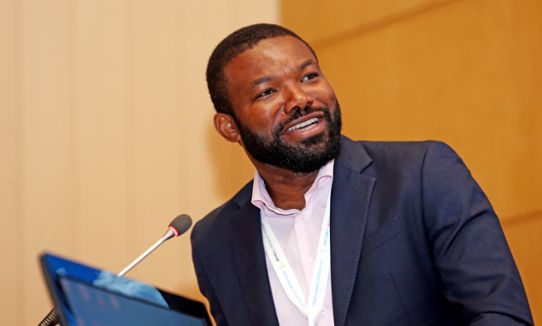
Bode Gbobaniyi, CORDEX/SMHI
Climate Expert and International Cooperation manager at the Swedish Meteorological and Hydrological Institute. With a teaching and research background in the atmospheric sciences, climate modeling, variability and climate change, Bode currently works in projects fostering developmental partnerships for building technical capacity in water and climate information services.

Julius Busecke, Columbia University

Giresse Turin, University of Yaounde 1
Videos
Below is a YouTube playlist of videos from the event. To see other videos in the playlist, click the icon at the top of the video.

